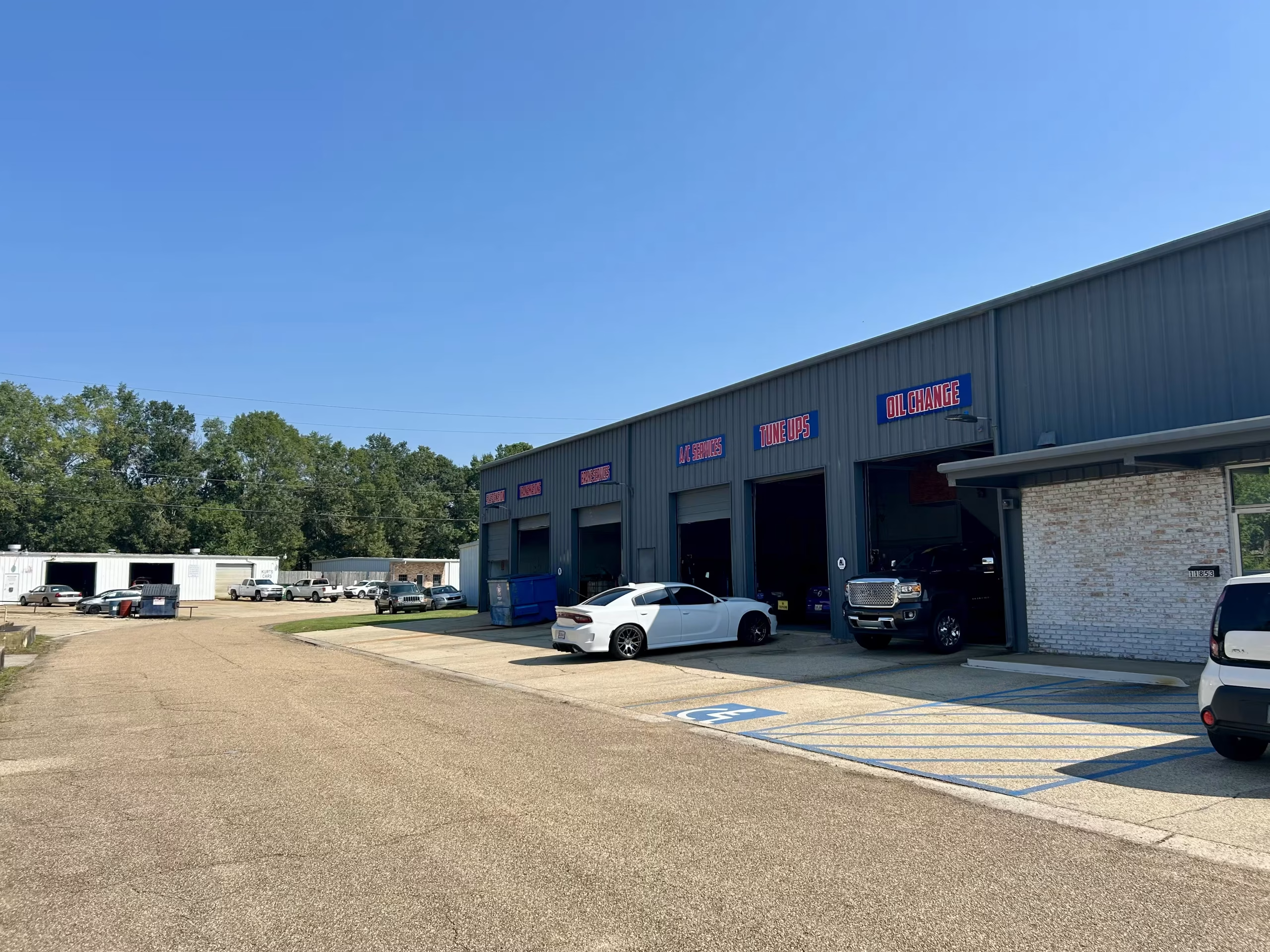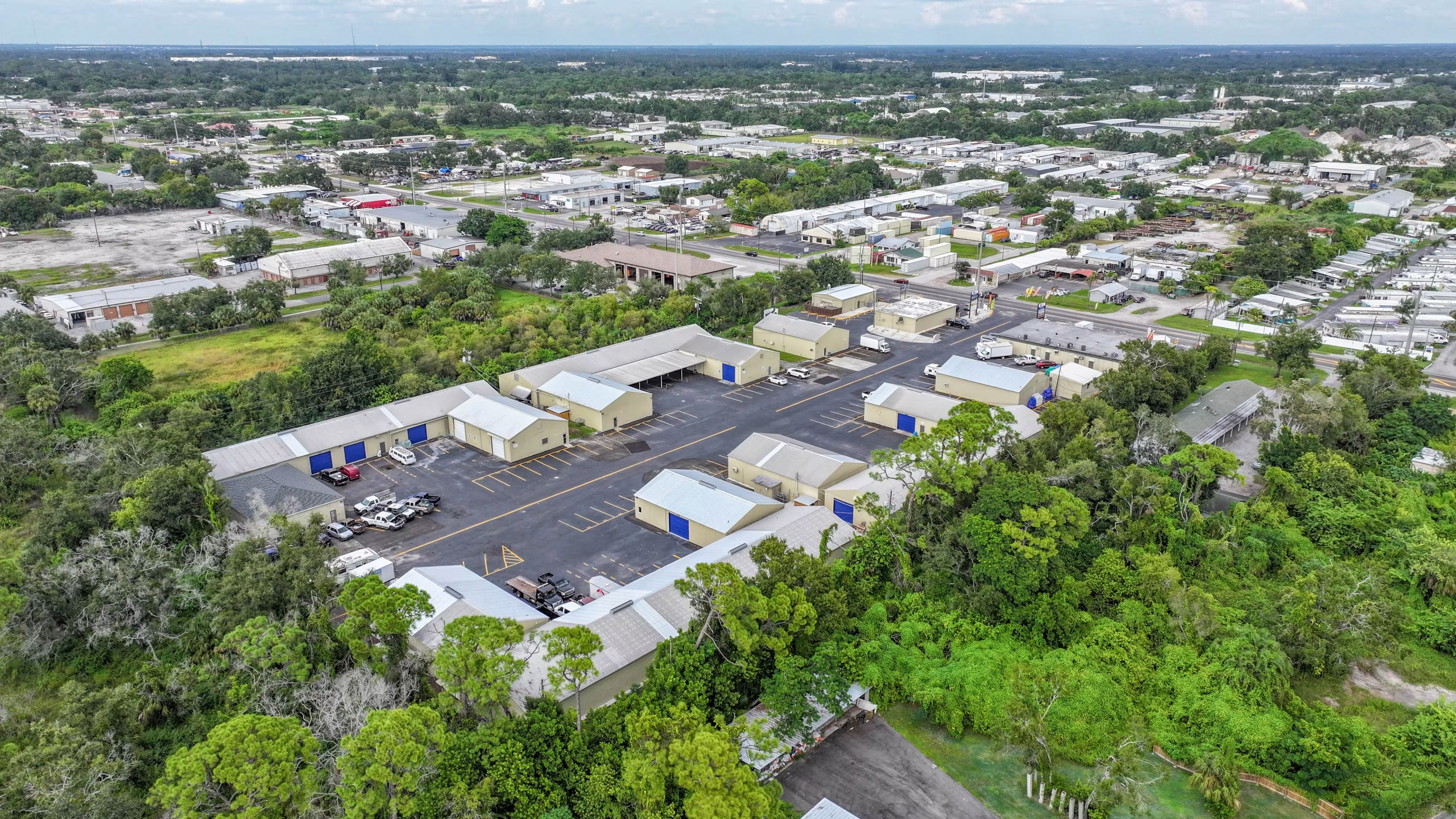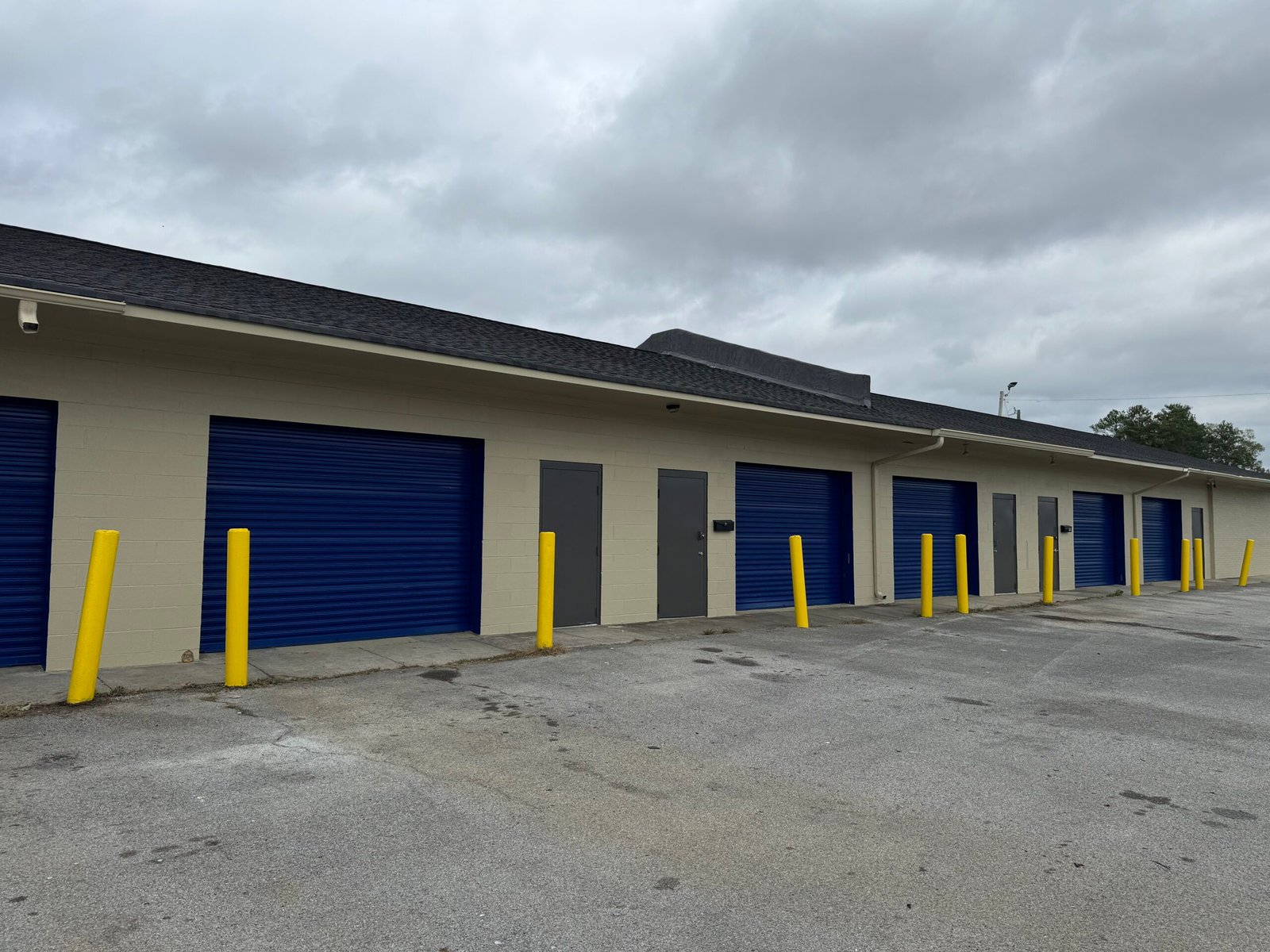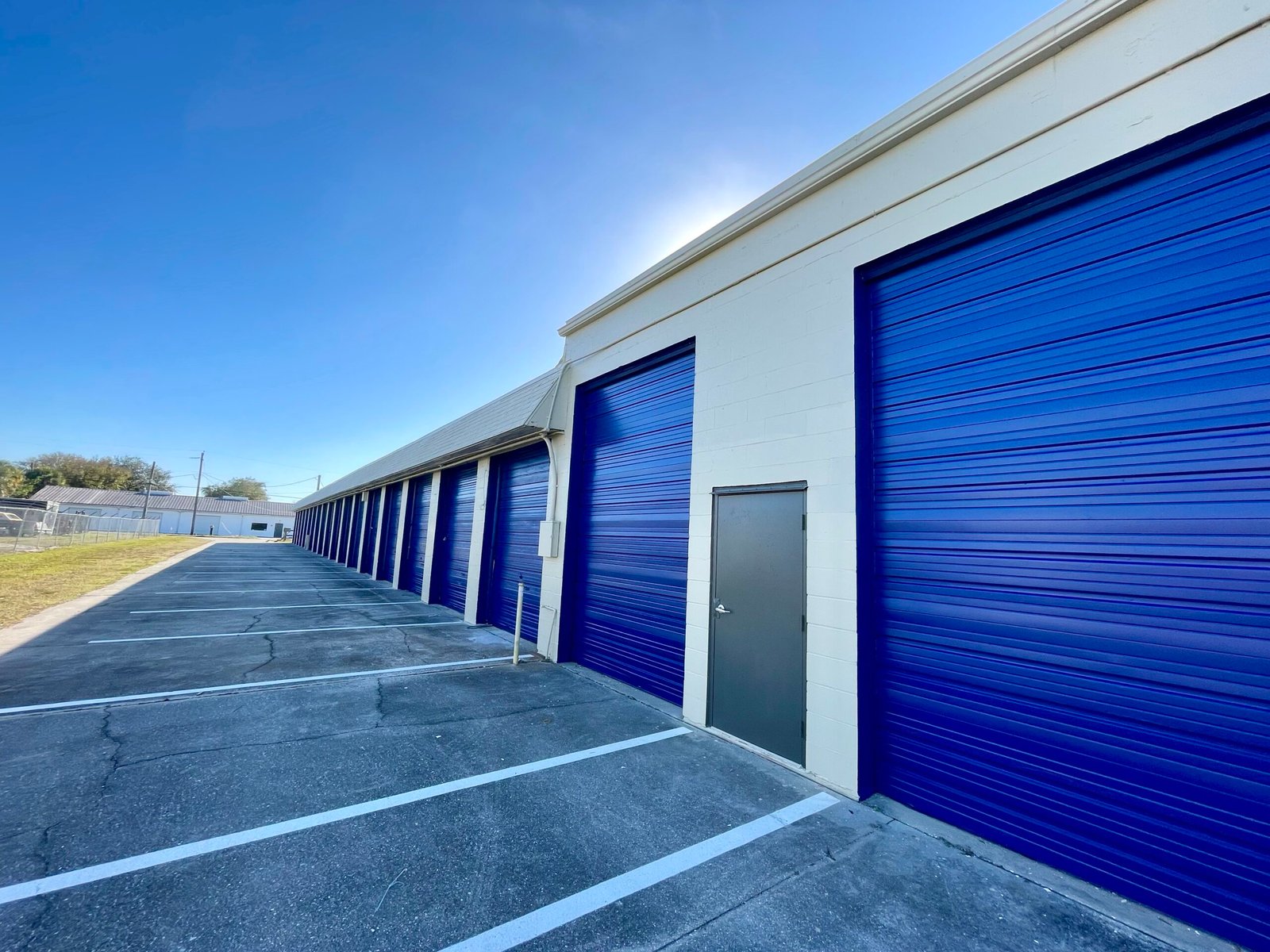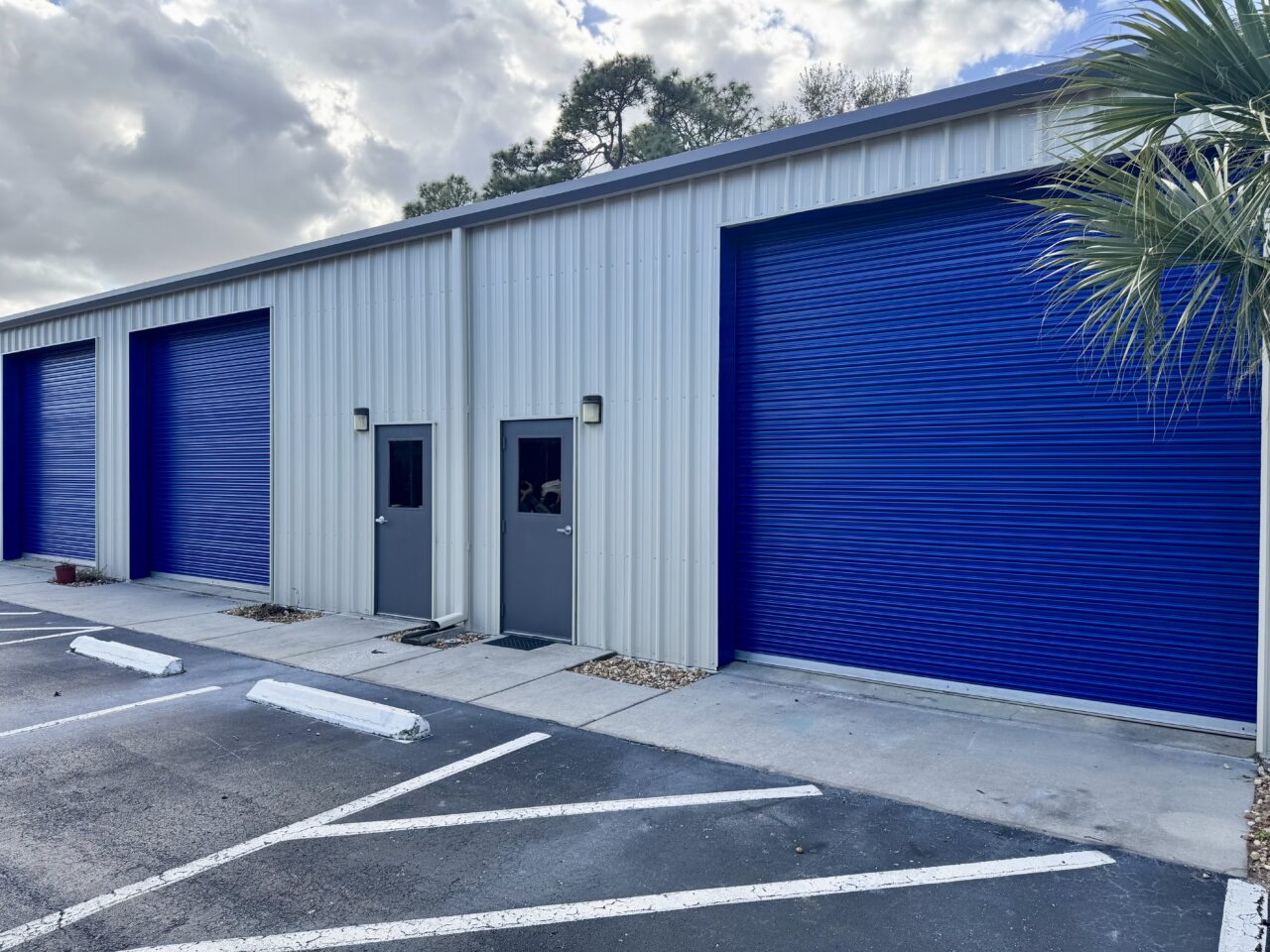In today’s fast-paced business environment, efficient inventory management is crucial for warehouse tenants. With the right techniques, businesses can optimize their operations, reduce costs, and improve customer satisfaction. Here are some effective inventory management techniques that can help warehouse tenants streamline their processes.
1. Implement an Inventory Management System (IMS)
An Inventory Management System is essential for tracking stock levels, orders, sales, and deliveries. With a robust IMS, warehouse tenants can automate processes, reduce human error, and gain real-time insights into inventory levels. Choose a system that integrates with other tools you use, such as accounting software and e-commerce platforms, to ensure seamless operations.
2. Utilize the ABC Analysis Method
ABC Analysis is a technique that categorizes inventory into three groups based on their importance:
A items: High-value products with low sales frequency.
B items: Moderate value and sales frequency.
C items: Low-value products with high sales frequency.
By focusing on the A items, tenants can ensure that they are managing their most critical inventory effectively. Regularly reviewing and adjusting these categories helps maintain optimal stock levels.
3. Adopt Just-In-Time (JIT) Inventory
Just-In-Time inventory management minimizes waste and reduces holding costs by receiving goods only as they are needed in the production process. This technique requires precise demand forecasting and strong supplier relationships. For warehouse tenants, JIT can lead to significant savings and a more streamlined operation.
4. Conduct Regular Audits
Regular inventory audits help identify discrepancies between physical stock and recorded inventory. Techniques such as cycle counting, where a subset of inventory is counted on a specific day, can be effective. These audits ensure accuracy, reduce shrinkage, and improve overall inventory control.
5. Leverage Technology and Automation
Technology plays a vital role in inventory management. Consider using barcode scanners, RFID tags, and automated data entry to streamline processes. These tools enhance accuracy and speed, enabling warehouse tenants to keep better track of inventory levels and locations.
6. Optimize Warehouse Layout
An efficient warehouse layout can drastically improve inventory management. Consider the flow of goods in your warehouse and design the layout to minimize travel time for picking and packing. Group similar items together, and ensure that fast-moving products are easily accessible to improve efficiency.
7. Establish Reorder Points
Setting reorder points for each item ensures that you maintain optimal stock levels. Monitor sales trends and seasonal demands to adjust these points accordingly. This proactive approach prevents stockouts and ensures that you always have the necessary inventory on hand.
8. Train Employees Regularly
Your team plays a critical role in inventory management. Regular training sessions can help employees understand inventory processes and best practices. This knowledge empowers them to handle inventory more efficiently and effectively, reducing errors and improving overall performance.
9. Analyze Data for Continuous Improvement
Regularly analyzing inventory data can uncover trends and insights that lead to better decision-making. Look at sales patterns, stock turnover rates, and seasonality to adjust inventory strategies. Continuous improvement is key to maintaining an effective inventory management system.
10. Collaborate with Suppliers
Building strong relationships with suppliers can enhance inventory management. Open communication about stock levels, lead times, and demand forecasts helps create a more responsive supply chain. This collaboration can lead to better inventory practices and increased efficiency.



